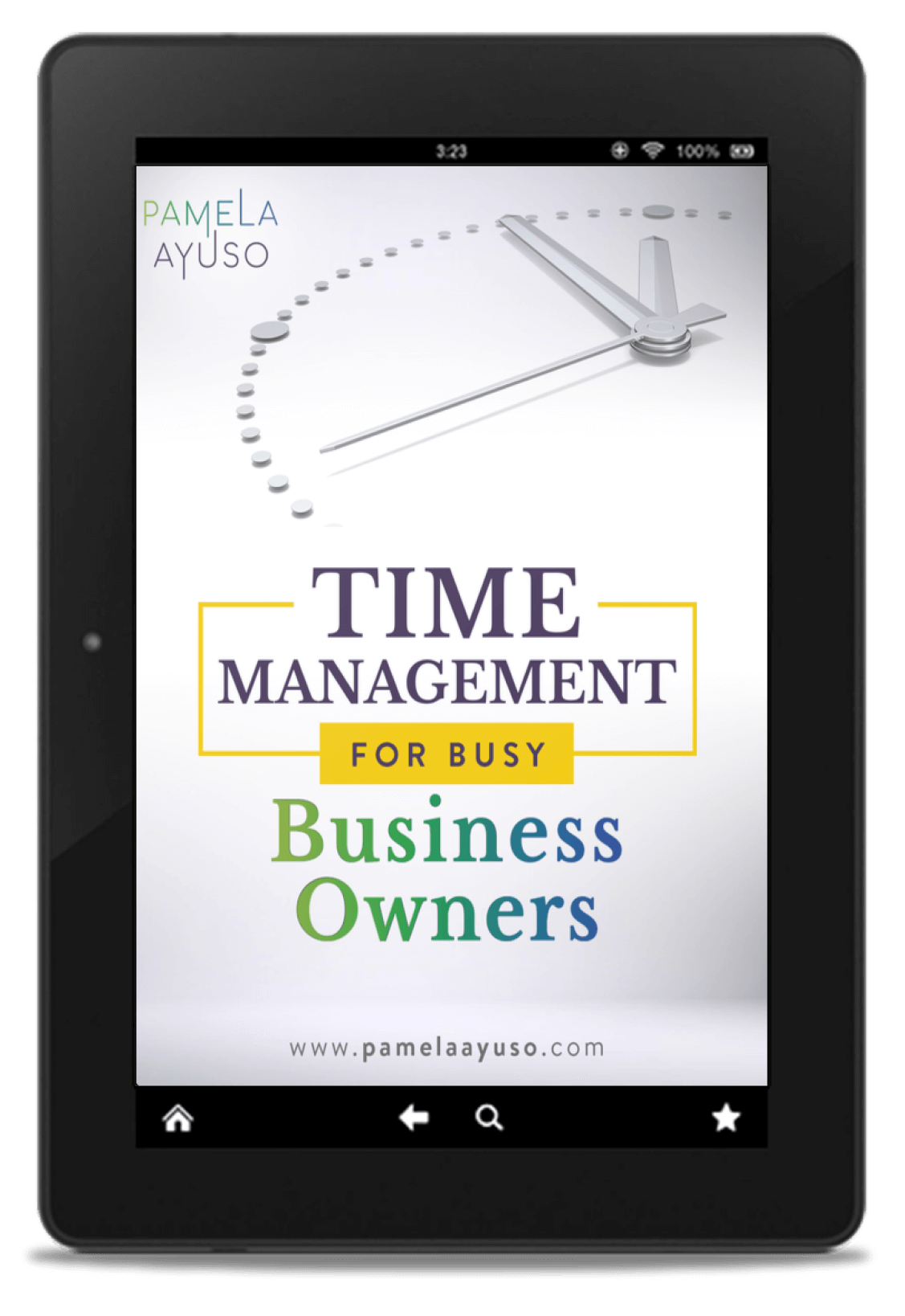This article is Part 2 of my review and insights on How Google Works (public library) by Eric Schmidt and Jonathan Rosenberg.
The first part of my review, Valuable Ideas from Google for Growth and Innovation: Part 1, highlighted some of Google’s best ideas on organization, access to information, and interviewing. In this article, I share some of my favorite quotes from their guide on goal-sharing, communication, resources, and innovation.
By no means is this a comprehensive review of the book, but in case you have not had a chance a to read it, here are some of the ideas I found most striking as a business manager myself. As soon as you get the opportunity, I highly recommend it; I predict Google’s ideas will have a significant impact on any organization.
![[Photo: Dmitri Popov//Unsplash]](https://www.pamelaayuso.com/wp-content/uploads/2021/01/dmitri-popov-367732-unsplash.jpg)
[Photo: Dmitri Popov//Unsplash]
On Sharing Goals
“Every employee updates and posts his OKRs company-wide every quarter, making it easy for anyone to quickly find anyone else’s priorities. When you meet someone at Google and want to learn more about what they do, you go on Moma and read their OKRs. This isn’t just a job title and description of the role, it’s their first-person account of the stuff they are working on and care about. It’s the fastest way to figure out what motivates them.”
How Google Works, Eric Schmidt and Joanathan Rosenberg
At Google, every employee sets OKRs (Objectives and Key Results), which are managed on a quarterly basis. These figures are posted and available for everyone else in the company to see. What I find interesting is that every employee creates their goals and shares them, including the CEO of the company. The CEO then publicly presents the goals that were achieved and those that were not on a quarterly basis. After that meeting, everybody else updates and revises their objectives for the next quarter. With this procedure, the entire team’s priorities are aligned.
“But Larry was listening to the engineers—not directly but via a smart little tool he had implemented called “’snippets.’ Snippets are like weekly status reports that cover a person’s most important activities for a week, but in a short, pithy format, so they can be written in just a few minutes or compiled (in a doc or draft email) as the week goes on.”
How Google Works, Eric Schmidt and Jonathan Rosenberg
Snippets are a useful tool implemented at Google, in which employees share at a more detailed level what projects they have been working on during the week. These are posted via short comments.
Staying in direct communication and being aware of what everybody is working on is valuable for every individual on the team. Although the supervisor and the rest of the team may be aware of what is happening within their group, many times other outside teams have no idea. This lack of communication prevents the flow of information and prohibits possible innovation.
Smaller companies can also implement this idea; it is not necessary to develop your own software to get these types of updates. In fact, there are many different ways to do it. These updates, for example, can be shared on a Microsoft Word document available to everyone on Dropbox, via a public chat channel on Slack or simply through email.
![[Photo: LinkedIn Sales Navigator//Unsplash]](https://www.pamelaayuso.com/wp-content/uploads/2021/01/linkedin-sales-navigator-406825-unsplash.jpg)
[Photo: LinkedIn Sales Navigator//Unsplash]
On Open Communication
“After a product or key feature launches, we ask teams to conduct ‘postmortem’ sessions where everyone gets together to discuss what went right and what went wrong. We then post the findings for everyone to see. The most important result of all these postmortems is the process itself. Never skip a chance to promote open, transparent, honest communications. Another example is TGIF. The weekly company-wide meeting that Larry and Sergey host has always featured a no-holds-barred Q&A session.”
How Google Works, Eric Schmidt and Jonathan Rosenberg
At Google, the ethos of open communication is everywhere; everything is shared. The postmortems, where everyone involved analyzes the results of a product launch, whether positive or negative, is one example. Another way to make sure to break down barriers for information is by holding weekly firm-wide meetings to update employees and discuss current issues. These meetings are a simple and proactive idea that anyone can implement.
![[Photo: Sebastien Gabriel//Unsplash]](https://www.pamelaayuso.com/wp-content/uploads/2021/01/sebastien-gabriel-232361-unsplash.jpg)
[Photo: Sebastien Gabriel//Unsplash]
On Processes
“The business should always be outrunning the processes, so chaos is right where you want to be.”
How Google Works, Eric Schmidt and Jonathan Rosenberg
In my experience, no matter how hard I try, the systems and processes are never 100% under control. Schmidt and Rosenberg argue, however, that a bit of chaos is healthy. The majority of the focus instead should be on the new product pipeline. As the organization grows around the new revenue that is generated by these products, operations should likewise improve to keep up with the changed circumstances.
![[Photo: Joshua Harris//Unsplash]](https://www.pamelaayuso.com/wp-content/uploads/2021/01/joshua-harris-507154-unsplash.jpg)
[Photo: Joshua Harris//Unsplash]
On Resources
“…70/20/10 became our rule for resource allocation: 70 percent of resources dedicated to the core business, 20 percent on emerging, and 10 percent on new.”
How Google Works, Eric Schmidt and Jonathan Rosenberg
Schmidt and Rosenberg describe how Google engineers spend their time. The vast majority of their hours, 70%, are spent on perfecting revenue-generating products. This percentage helps maintain the primary focus on the main operations. The following 20% is spent on enhancing products that have already have some results; it was in this category where Gmail was developed. Finally, 10% of the time is allocated to designing new projects that have a potentially big payoff. Here is where experimentation can occur.
Our firm is in the real estate development business, so we do not have teams of software engineers inventing products every day. However, I think this concept is still applicable to any business, large or small, in practically any division. It is imperative to tweak and improve products and operations constantly; everything can always be upgraded. A powerful message will be sent to employees if the company allows even a small percentage of each person’s time to be spent on creative innovation.
![[Photo: Scott Rodgerson//Unsplash]](https://www.pamelaayuso.com/wp-content/uploads/2021/01/scott-rodgerson-369587-unsplash.jpg)
[Photo: Scott Rodgerson//Unsplash]
On New Products
“Morph ideas, don’t kill them: Most of the world’s great innovations started out with entirely different applications, so when you end a project, look carefully at its components to see how they might be reapplied elsewhere. As Larry says, if you are thinking big enough it is very hard to fail completely. There is usually something very valuable left over.“
How Google Works, Eric Schmidt and Jonathan Rosenberg
When we are continuously innovating, failure is, of course, inevitable. Sometimes an entire idea will be discarded because it will not be useful in the end; however, it is important to keep in mind that we do not need to throw out the entire project. No matter what or how the failure happened, there is still something that can always be learned from each experience. The pieces that did work can be put together again in a different way.
These are just a few of the ideas I learned from How Google Works. If you are interested in reading the entire book, it is available here. You are sure to find valuable concepts for your organization and team. Happy reading!
Schmidt, Eric, Jonathan Rosenberg, and Alan Eagle. Google: How Google Works. First edition. New York: Grand Central Publishing, 2014. E-book.



